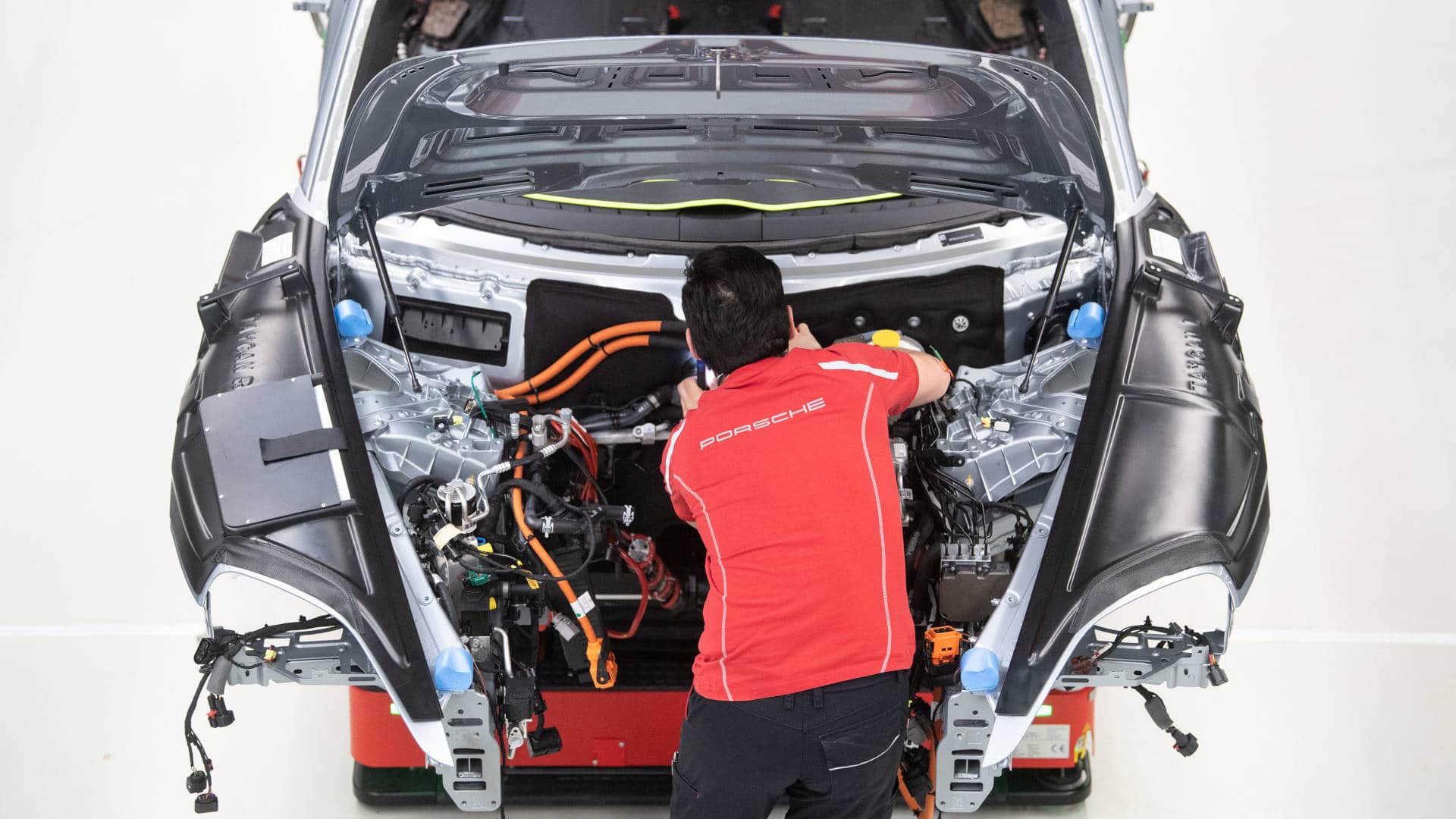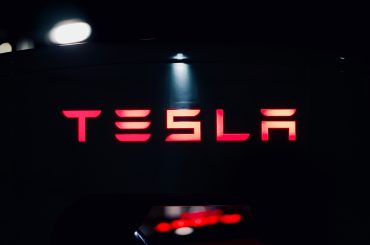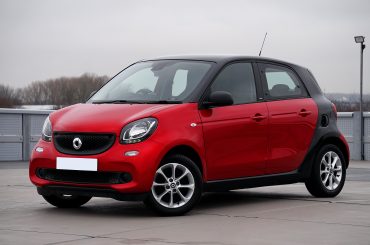Do Tesla cars have engines?
This is a question that is often asked by those who are new to the world of electric cars. Unlike traditional gasoline-powered cars, electric cars have a different powertrain system. Tesla is one of the most popular electric car manufacturers in the world, and it’s natural to wonder whether their vehicles have engines.
The short answer is no, Tesla cars do not have engines. However, this doesn’t mean that they are engineless. Tesla cars are powered by electric motors that convert electrical energy into mechanical energy. These motors are similar in function to gasoline engines, but they operate in a completely different way.
To understand how Tesla cars work, it’s important to understand how electric motors work. Electric motors use a magnetic field to convert electrical energy into mechanical energy. This is done by using a series of coils and magnets that interact with each other. When an electric current is passed through the coils, it creates a magnetic field that interacts with the magnets, causing the motor to turn.
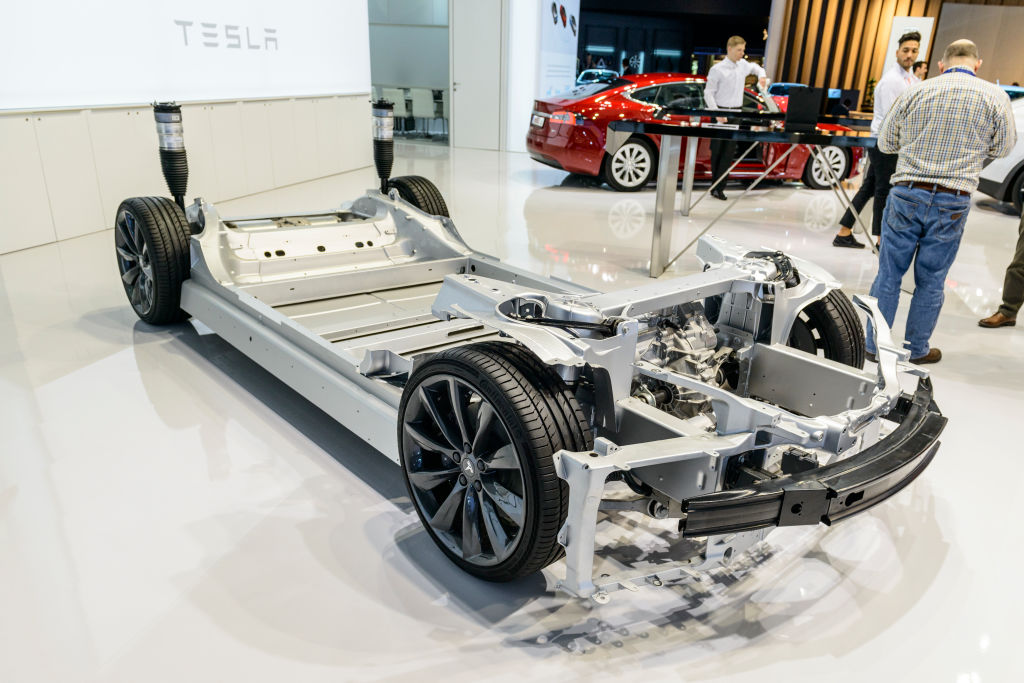
Tesla cars use a type of electric motor called a permanent magnet synchronous motor (PMSM). These motors are highly efficient and can produce a lot of torque. The PMSM motor is made up of a rotor, stator, and permanent magnets. The stator contains copper windings, which produce a magnetic field when an electric current is passed through them. The rotor contains permanent magnets, which interact with the magnetic field produced by the stator. As the magnetic field rotates, it causes the rotor to turn, which ultimately powers the wheels of the car.
In addition to the electric motor, Tesla cars also have a battery pack. The battery pack stores the electrical energy that powers the motor. Tesla uses lithium-ion batteries, which are commonly used in portable electronics, such as laptops and cell phones. These batteries are lightweight, efficient, and have a high energy density, which means they can store a lot of energy in a small space.
The battery pack in a Tesla car is made up of thousands of individual battery cells. These cells are connected in series and parallel to create a high-voltage battery pack. The battery pack is located on the floor of the car, which helps to lower the car’s center of gravity and improve handling.
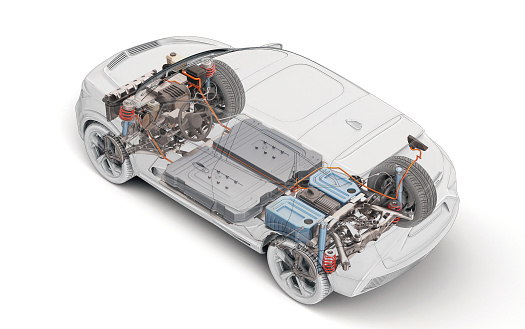
The battery pack is also connected to a charging port, which allows the car to be charged at a charging station or at home. Tesla has its own network of Superchargers, which are high-speed charging stations located throughout the world. These Superchargers can charge a Tesla car in as little as 30 minutes, depending on the battery size.
So, while Tesla cars don’t have engines in the traditional sense, they do have highly advanced electric powertrain systems. These systems are designed to be highly efficient, powerful, and reliable. They also offer a number of benefits over traditional gasoline engines, such as lower emissions, lower operating costs, and smoother, quieter operations.
One of the biggest advantages of electric cars is their efficiency. Electric motors are highly efficient, converting up to 90% of the electrical energy they receive into mechanical energy. In comparison, gasoline engines are only about 30% efficient, with the rest of the energy being lost as heat and friction. This means that electric cars can travel further on a single charge than a gasoline car can on a tank of fuel.
Another advantage of electric cars is their lower operating costs. Electric cars require less maintenance than gasoline cars, as they have fewer moving parts. They also cost less to refuel, as electricity is generally cheaper than gasoline. In addition, many countries offer incentives for electric car owners, such as tax credits and rebates, which can further reduce the cost of ownership.
Electric cars are also much quieter and smoother than gasoline cars. This is because electric motors produce much less noise and vibration than gasoline engines. This can make for a more comfortable and enjoyable driving experience.
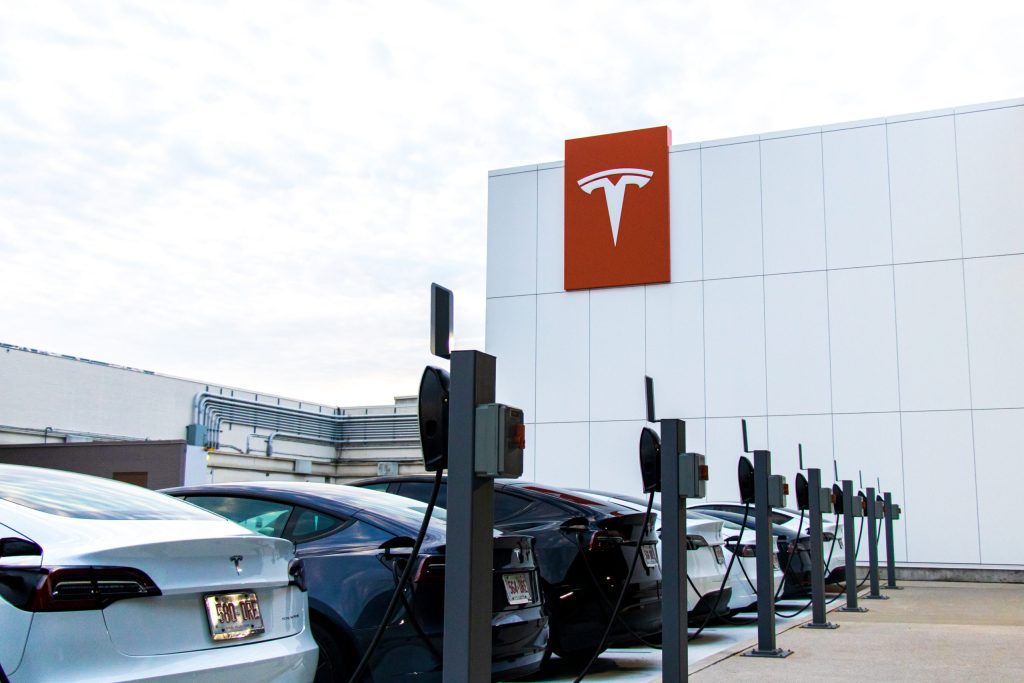
However, there are some challenges associated with electric cars, such as range anxiety and charging infrastructure. Range anxiety refers to the fear of running out of charge before reaching your destination, especially in areas with limited charging infrastructure. While this is a valid concern, advances in battery technology and the growing availability of charging stations are making electric cars a more viable option for many people.
Tesla has been at the forefront of the electric car revolution, with its innovative technology and sleek designs. Tesla cars are highly sought after by consumers who value performance, sustainability, and cutting-edge technology. The company’s mission is to accelerate the transition to sustainable energy, and it’s making significant strides toward achieving this goal.
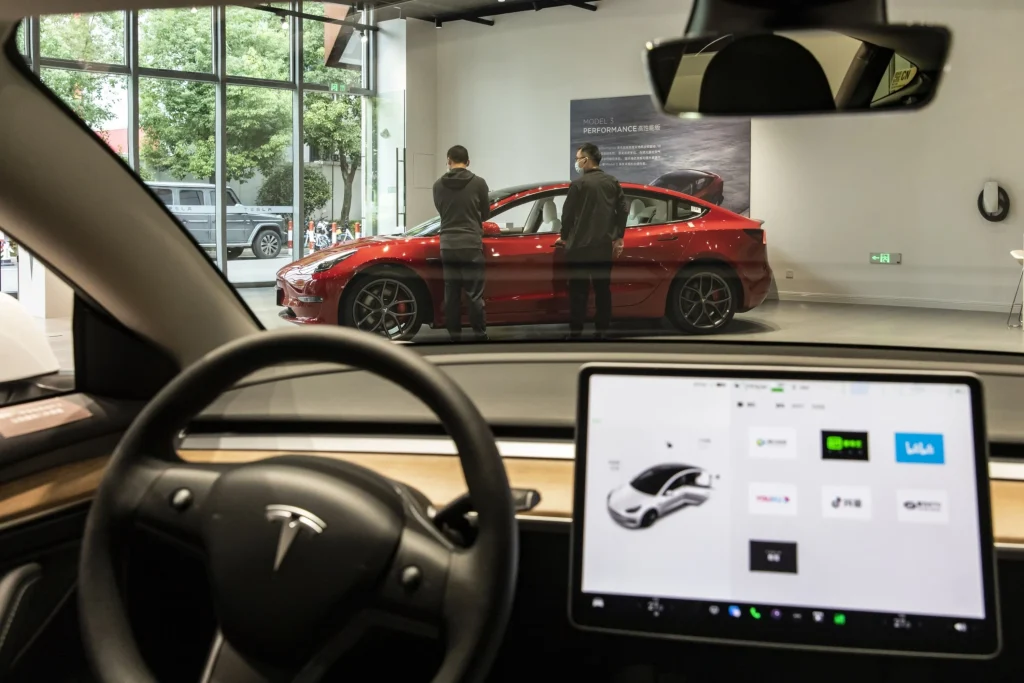
In conclusion, Tesla cars do not have engines in the traditional sense. Instead, they use highly advanced electric powertrain systems that are powered by electric motors and lithium-ion batteries. These systems offer a number of advantages over traditional gasoline engines, including higher efficiency, lower operating costs, and quieter operation. While there are still some challenges associated with electric cars, Tesla is leading the charge in the industry and making significant progress toward a sustainable future.


